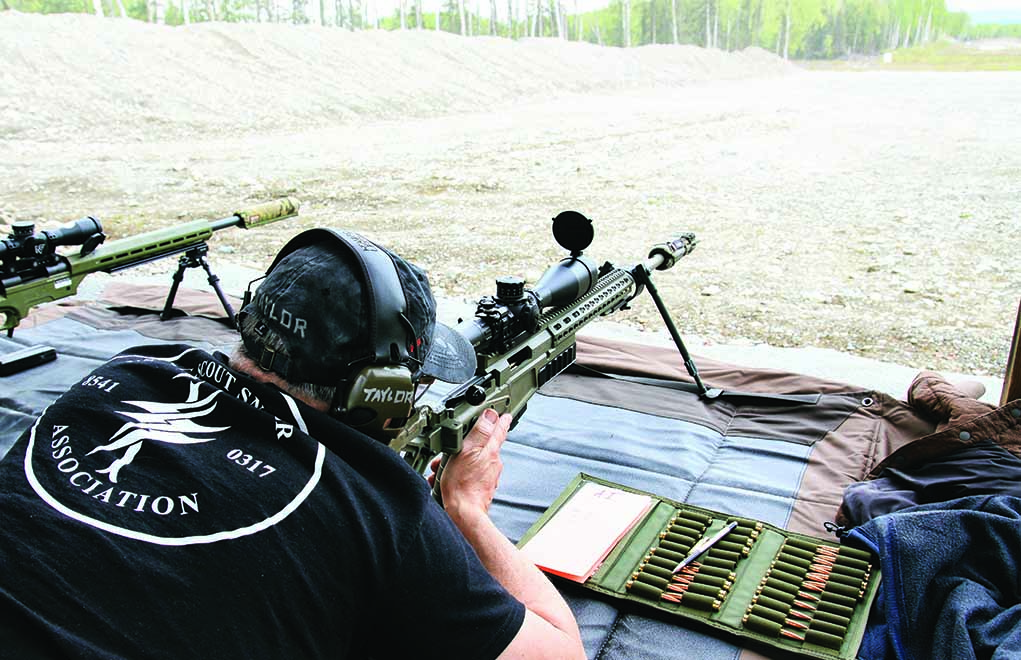BrentD
Well-known member
Maybe someone already mentioned this, but if you have a friend that has a gun that shoots well, let him shoot your gun and you shoot his. That will identify if it is your gun or you.
Do you enjoy shooting?
Do you enjoy shooting?





